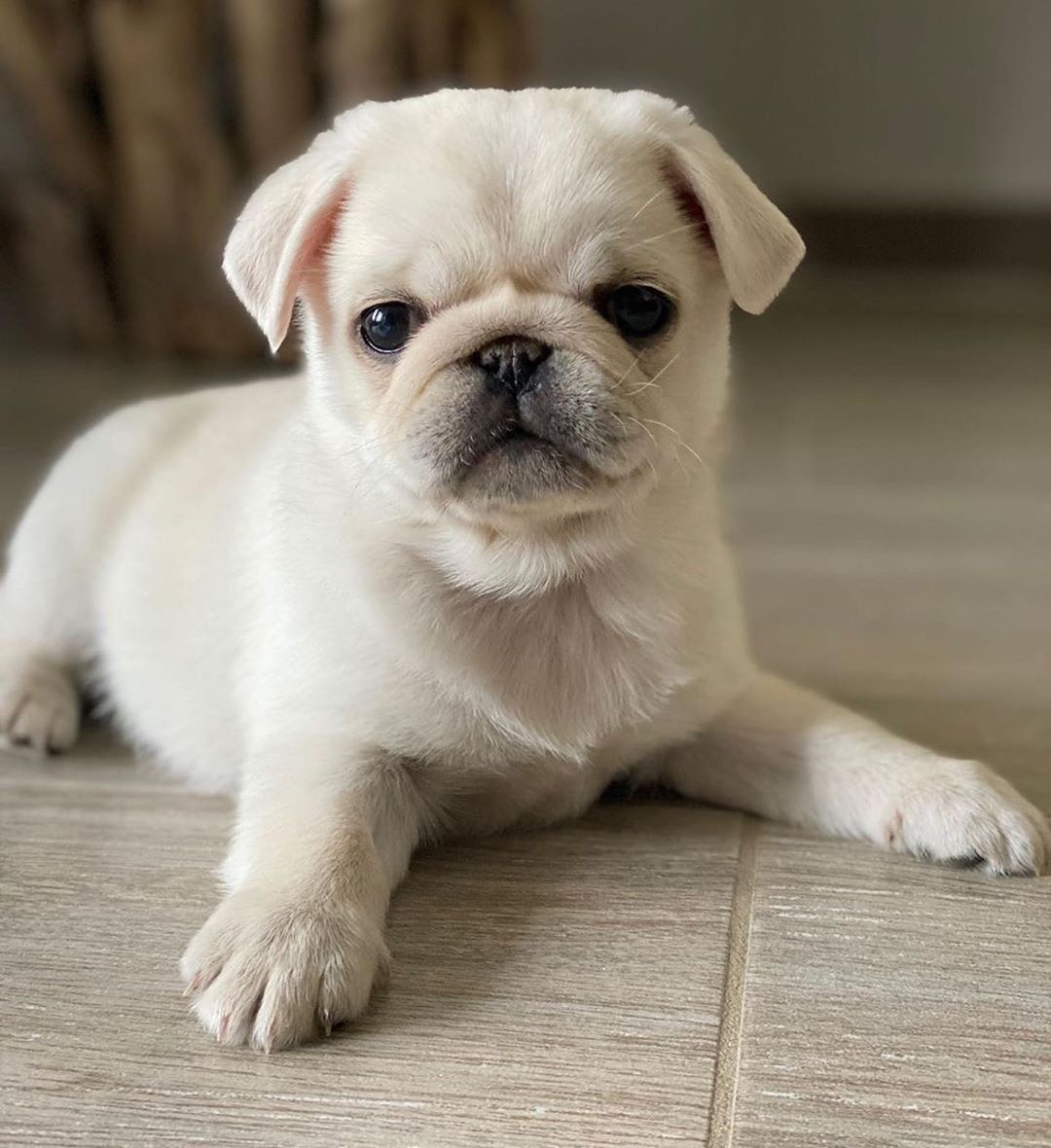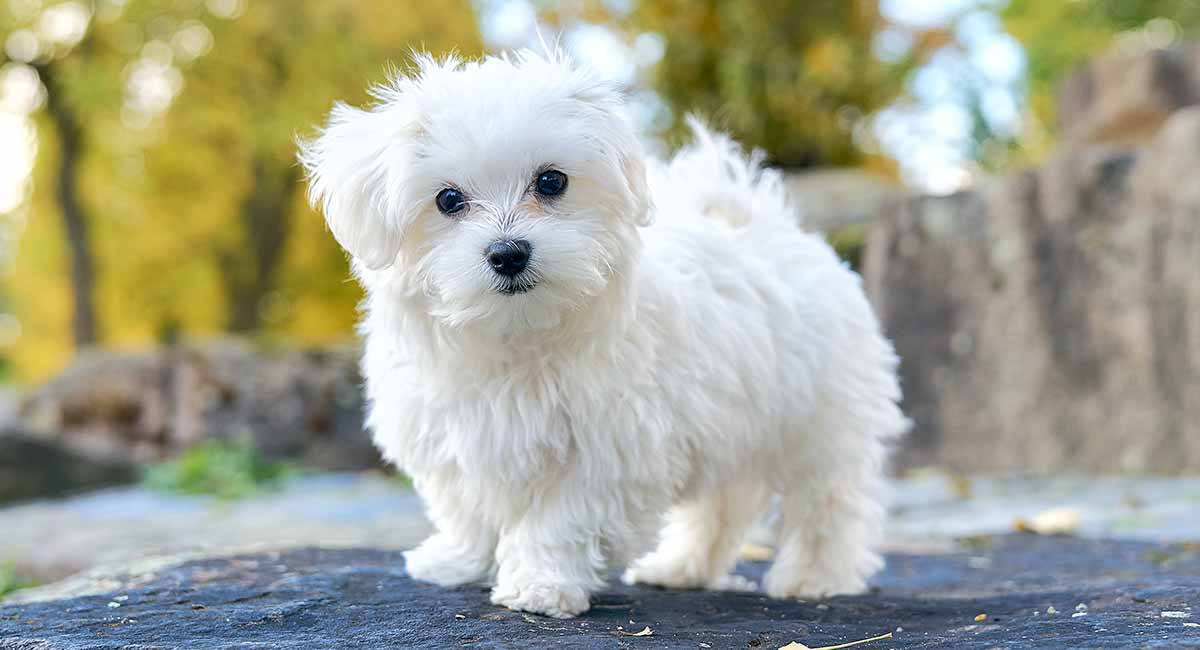Dog ears come in many shapes and sizes, and one distinctive ear type is the button ear. If you’ve ever wondered what button ears are and which dogs have them, read on to learn more.
What Are Button Ears?
Button ears are small, rounded ear flaps that sit closely folded over the ear canal. They are sometimes described as “rose ear” for their flower-like appearance.
The key features that characterize button ears include:
- Small, rounded flap that folds forward closely over the ear canal
- Ear leather is thick and rounded at the base
- External ear canal opening is very small
- Little to no distance between inner and outer ear flap
- Ear tips do not extend much above the skull
Button ears give dogs an endearing baby-faced look. They are the opposite of long, droopy hound dog ears. Button ears are a genetically dominant trait in dogs.
Dog Breeds with Button Ears
Many popular dog breeds sport the cute button ear style. Some of the most common button eared breeds include:
Boston Terriers
The Boston terrier is perhaps the most iconic button-eared breed. Boston’s have small, triangular ears that sit upright on top of the head. Their dark, rounded ear tips are a signature feature.
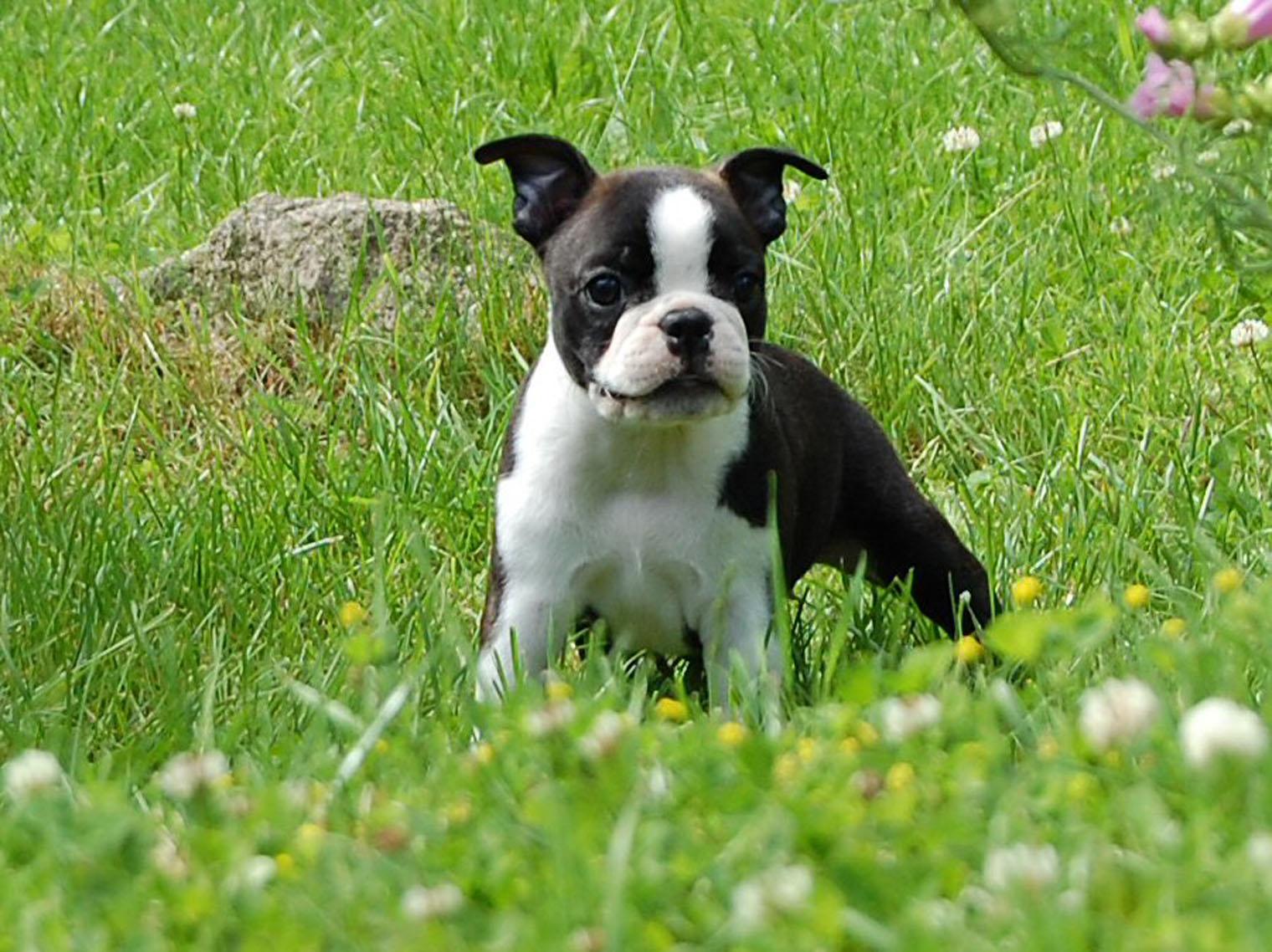
French Bulldogs
Frenchies are another brachycephalic breed well known for their button ears, often called “bat ears.” They have petite, rounded ear flaps that sit closely to the head.
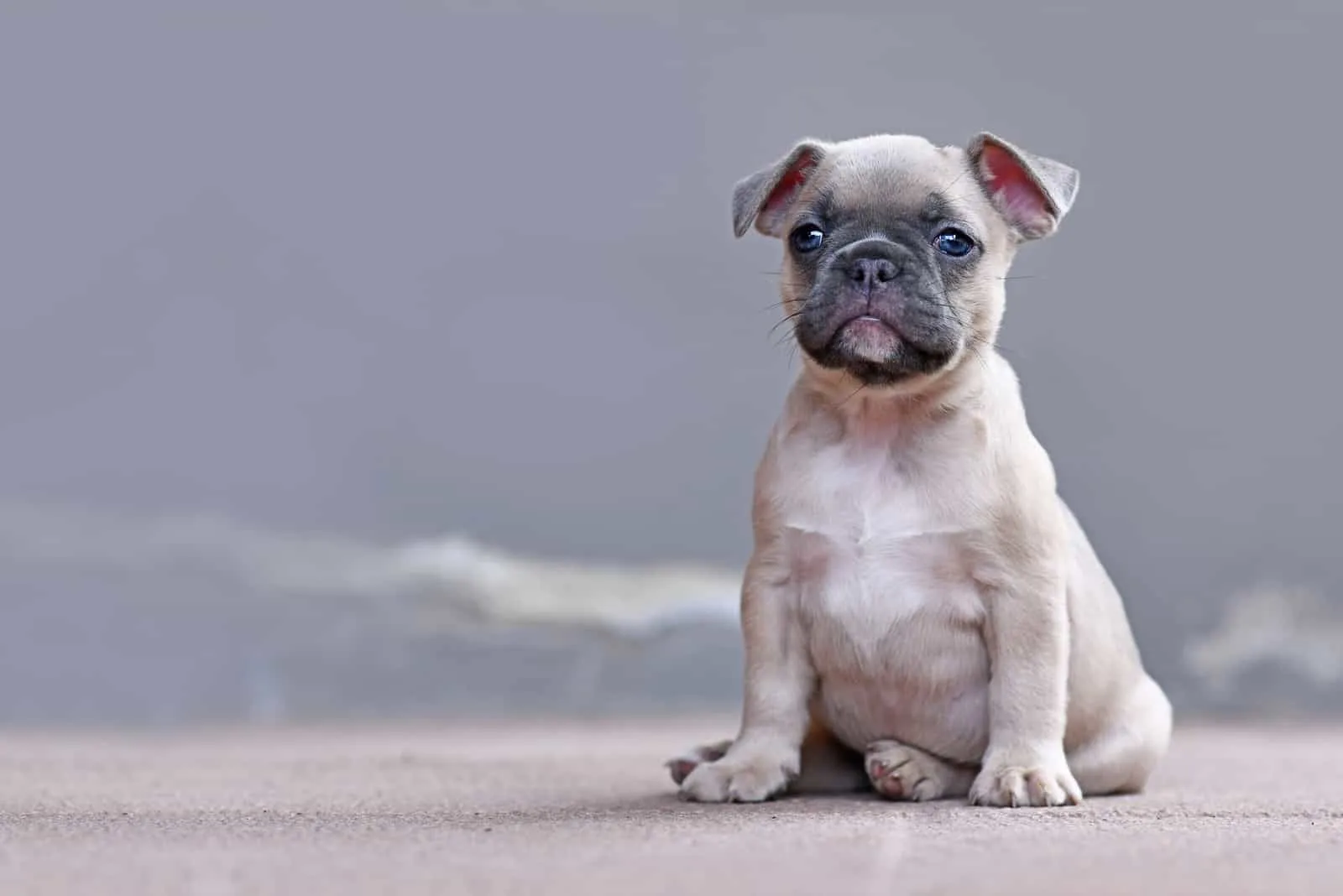
Pugs
With their squished faces and button ears, pugs have an adorable cute factor. Their velvety ears are small and fold over at the tips.
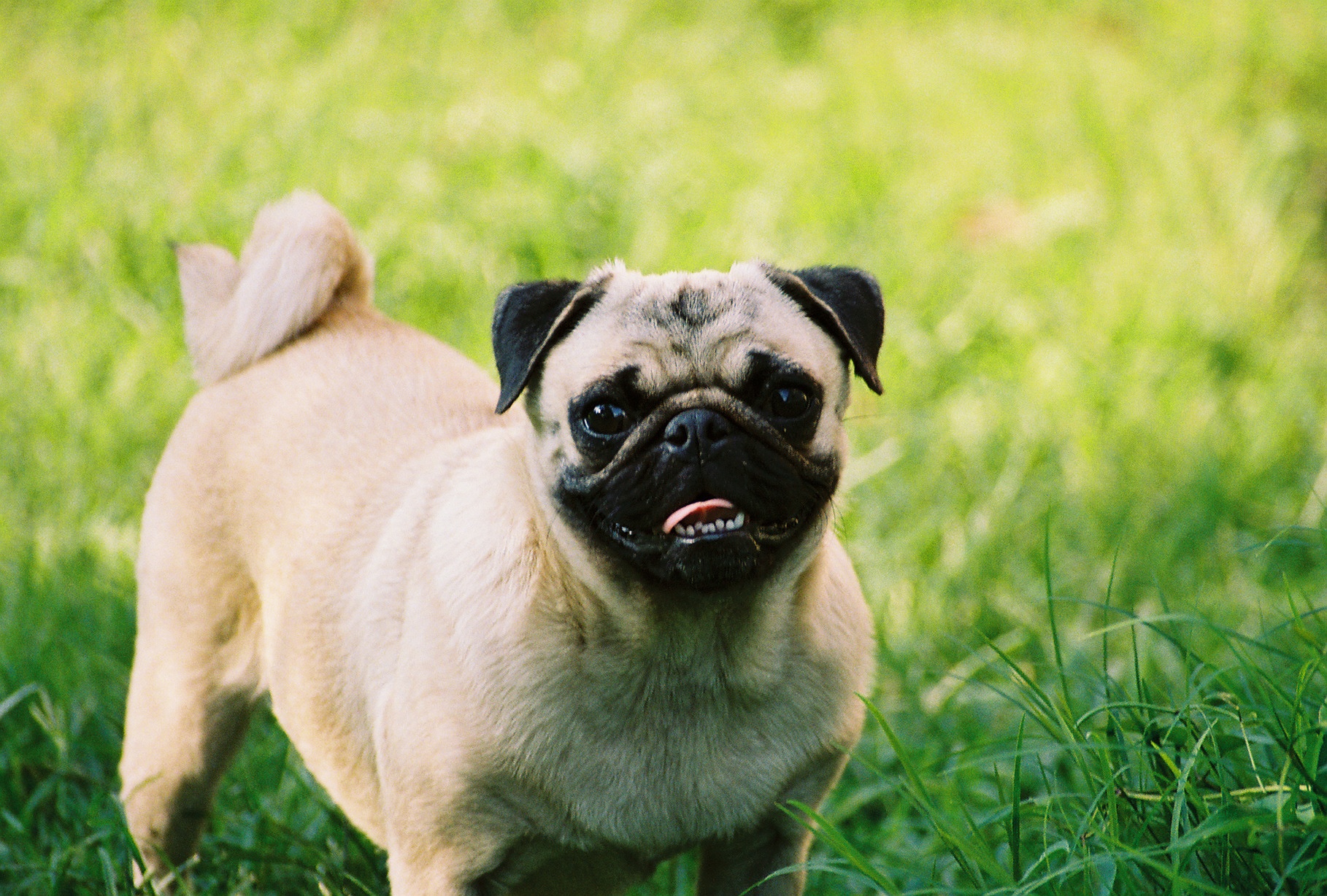
Cavalier King Charles Spaniels
The Cav’s long, silky fur makes their button ears look especially prominent. Their ears sit high on the head and fold at the tips.
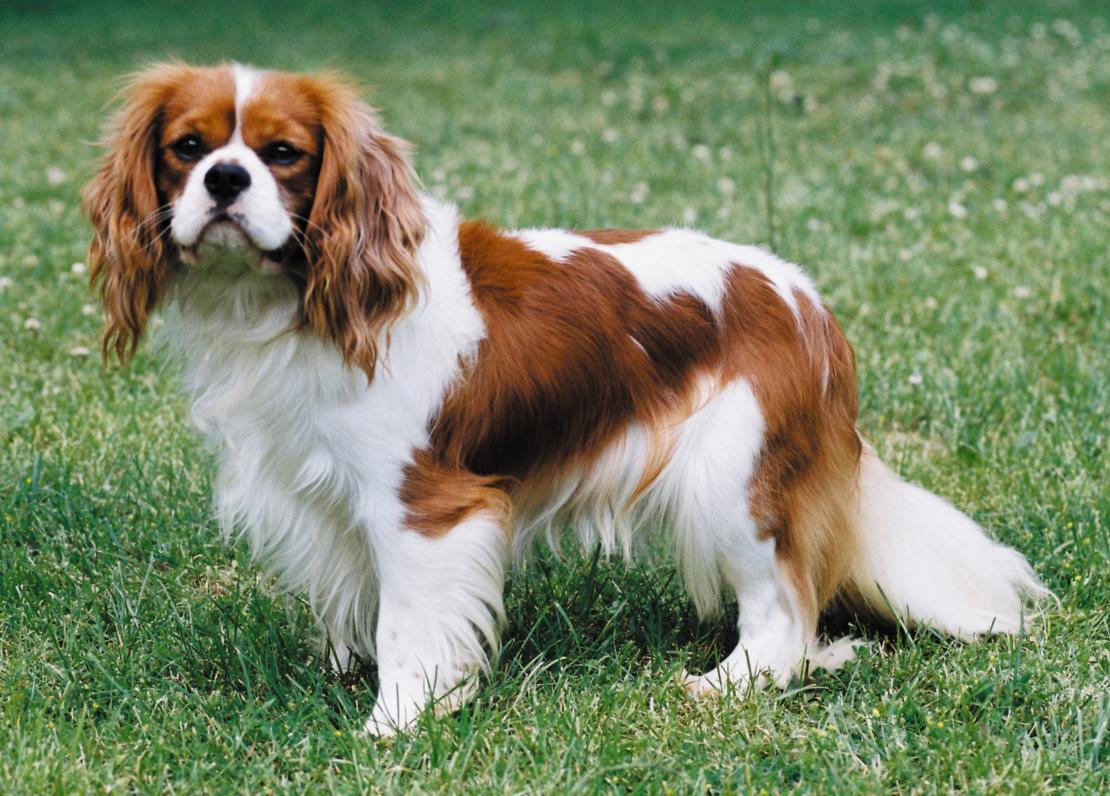
English Bulldogs
Though often cropped, English bulldogs naturally have button ears – wide at the base then tapering to rounded tips. When uncropped, the ears are small and tilt frontwards.
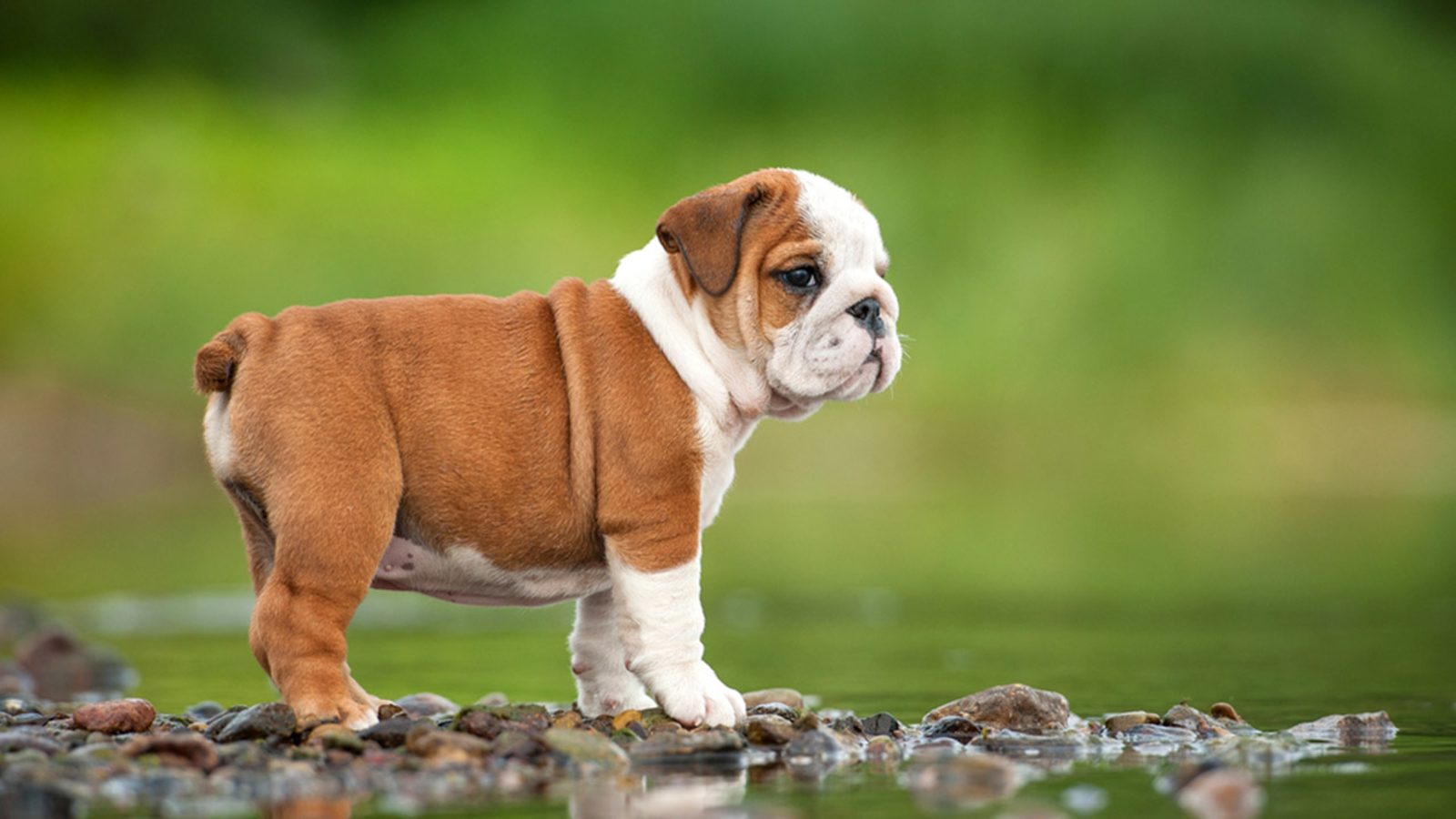
Miniature Pinschers
Min Pins have distinctive tall, stiff ears with rounded ends folding over. The inner ear flap is not visible.
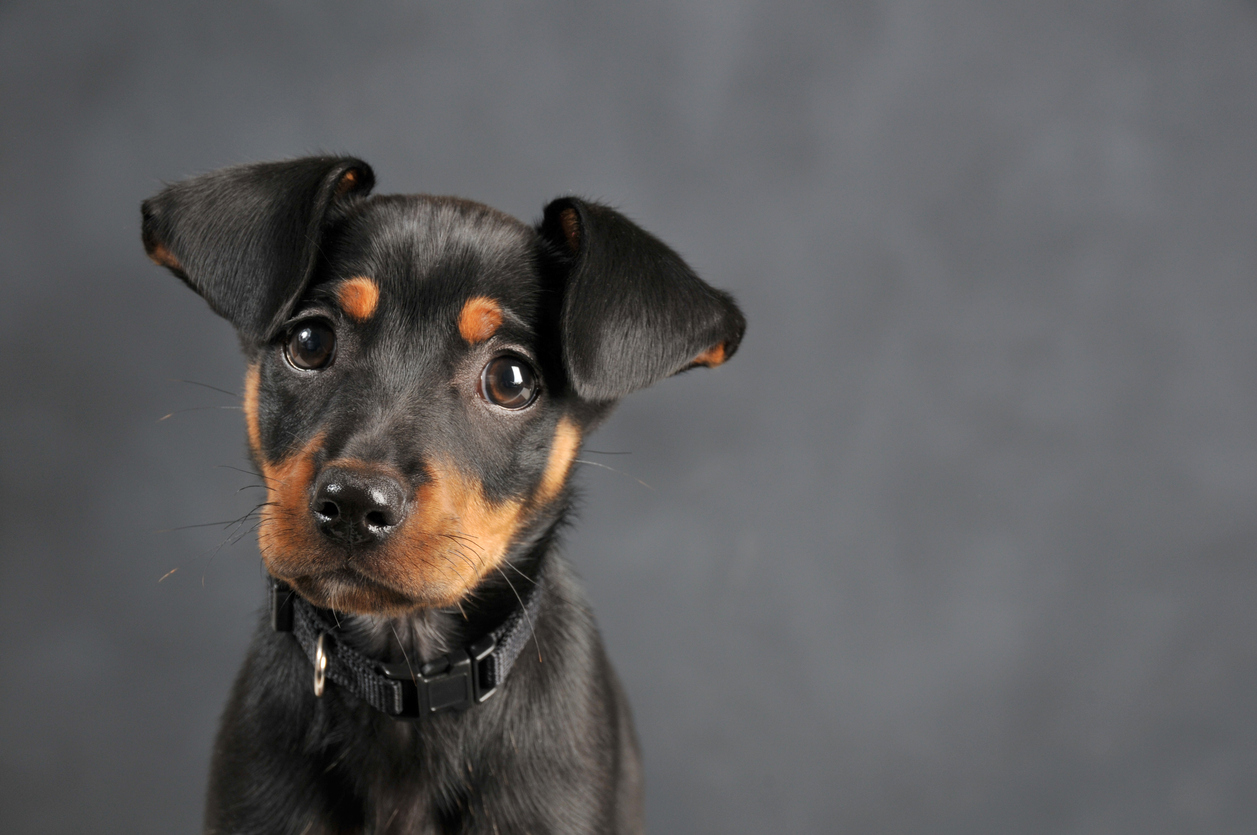
Chihuahuas
From apple-shaped to bat-like, Chihuahua ears come in various button shapes. Most have small, rounded, close-fitted ear flaps.
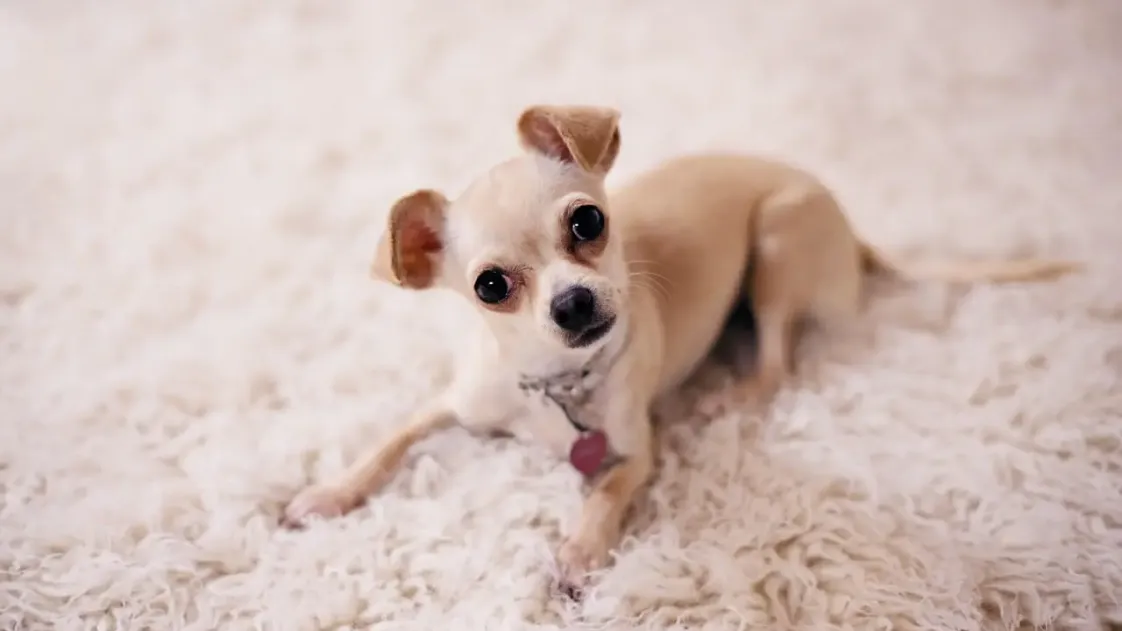
Lhasa Apsos
The Lhasa’s heavily coated button ears are set low and tilt forward. The rounded ear leather is hidden beneath long hair.
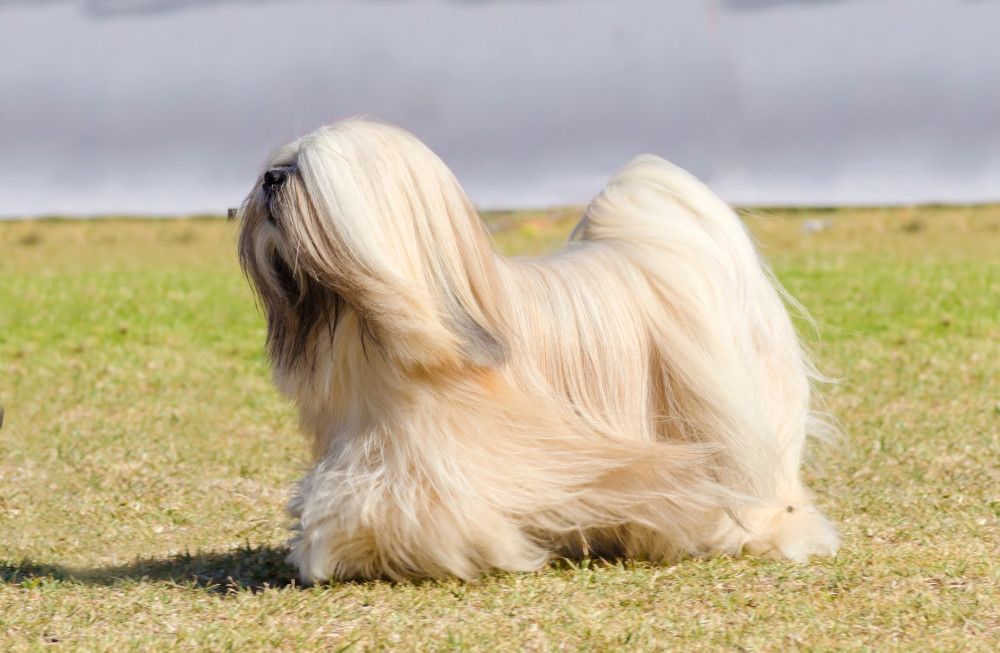
Shih Tzus
Under all that hair are short, wide button ears covered in long silky fur. The rounded ear tips turn forward over the canal.
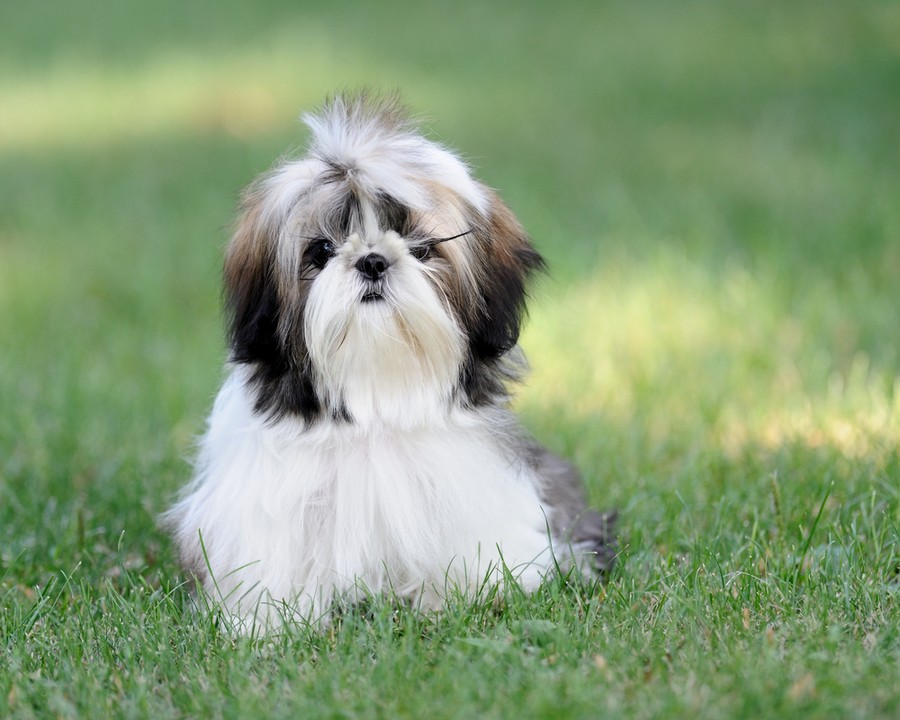
Benefits of Button Ears
Why do some dogs have button ears while others have long, droopy ears? There are a few advantages button ears offer:
Protect ear canal from debris
Button ears have smaller openings less prone to dirt, water, and parasites getting trapped inside compared to open, hanging ears.
Prevent ear damage
The tightly folded button style shields inner ear anatomy from abrasions and injuries.
Regulate temperature
Smaller ears with less surface area help prevent heat loss from ears in cold weather.
Communication
Button ears are very expressive and can perk, tilt, and swivel to signal mood.
Cute appearance
There’s no denying those adorable tiny ear flaps give dogs a sweet, innocent look that humans love.
While some breeds are genetically predisposed to button ears, individual dogs may have variations in ear carriage. Care should be taken not to confuse button ears with unhealthy conditions like hematoma or fly bite allergies that cause ear swelling and thickening. Overall when cared for properly, button ears make for happy, healthy dogs.
Frequently Asked Questions
Are button ears prone to infections?
Button ears are actually less prone to infections than pendulous ears thanks to increased air circulation and smaller ear canal openings.
Do dogs with button ears hear as well?
Yes, button ears do not impair hearing function or sensitivity when healthy. The key anatomical structures are intact internally.
Can button ears stand up or change as a puppy grows?
Puppies are born with predisposed ear types that do not change as they mature. Button ears may strengthen in upright carriage.
Do button eared dogs require special grooming?
Button ears need regular cleaning to remove debris and hair growth. Hirsute breeds need ear hair plucked periodically.
Why do they call them button ears?
The small rounded appearance resembles decorative buttons on clothing, especially when paired as a set!
Conclusion
In summary, button ears are small, folded ear flaps that sit closely to the skull. They are common among brachycephalic breeds like Boston terriers and French bulldogs. Button ears give dogs a cute, youthful expression that matches their friendly, playful temperaments. With proper care, dogs with button ears thrive as lovable and loyal companions. Those signature button ears sure make them easy to adore!
